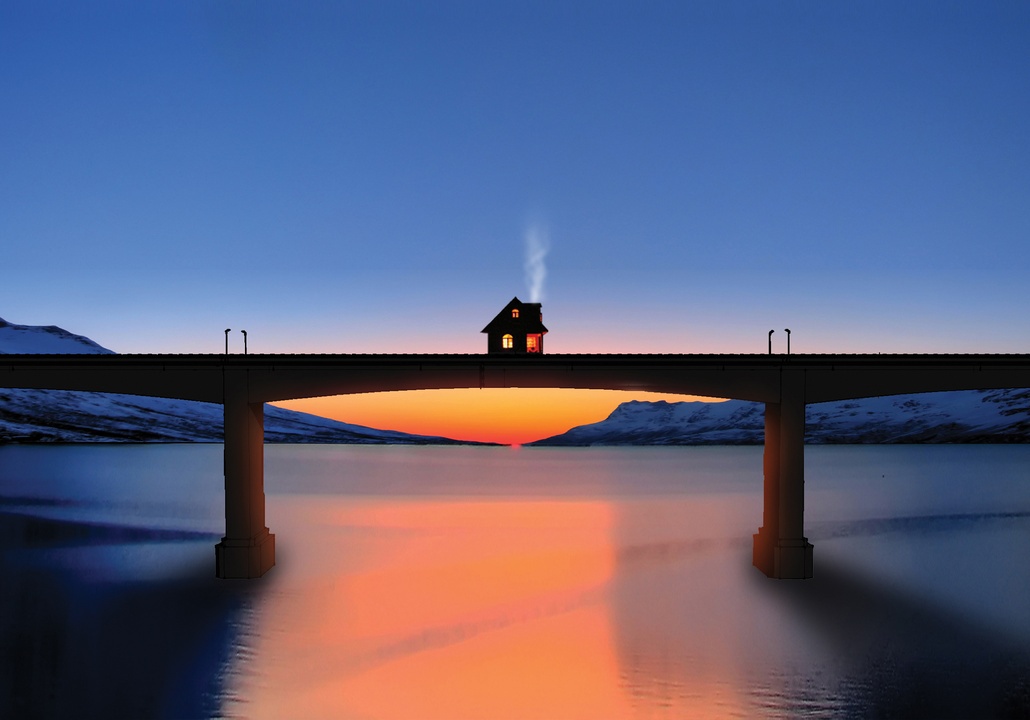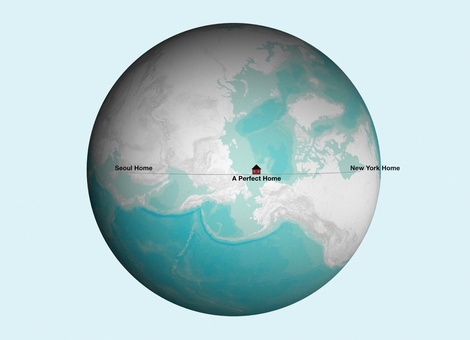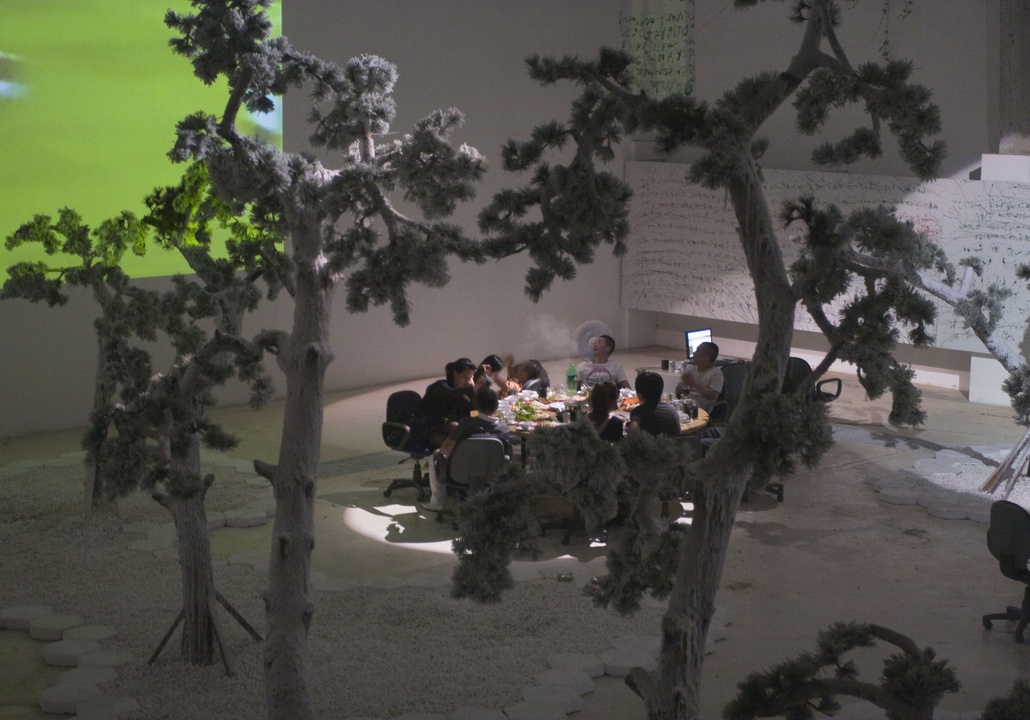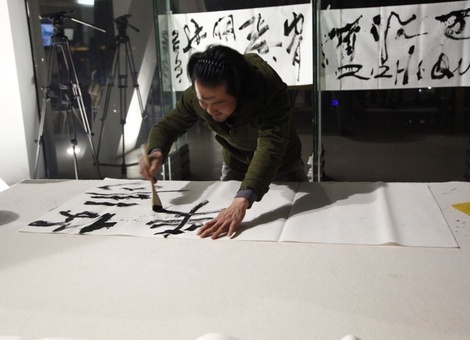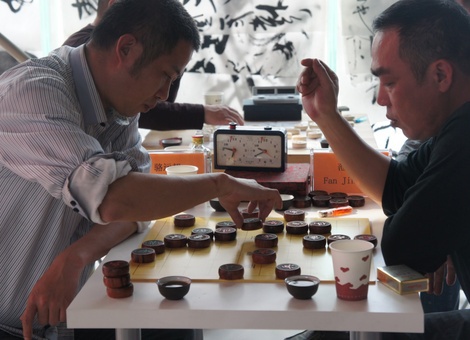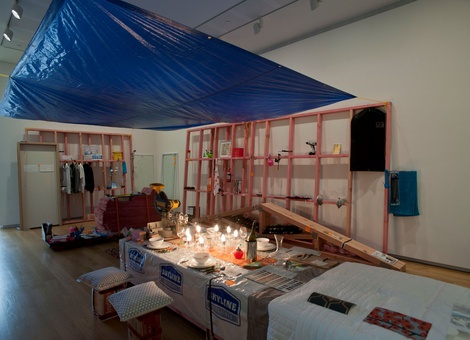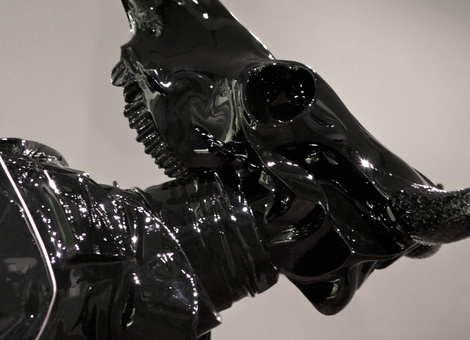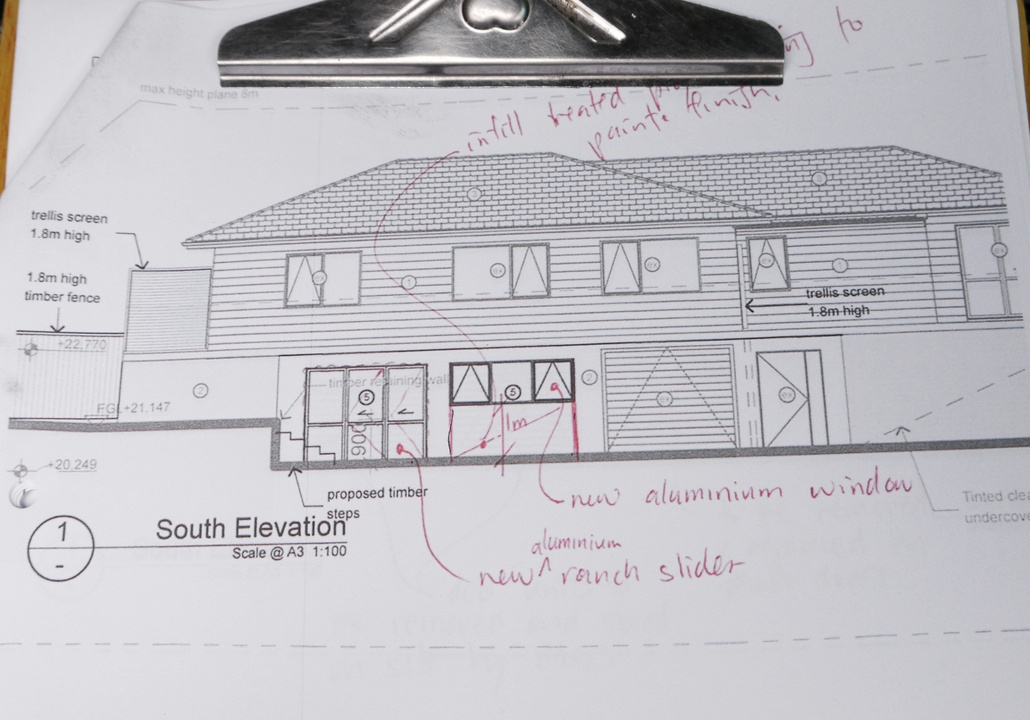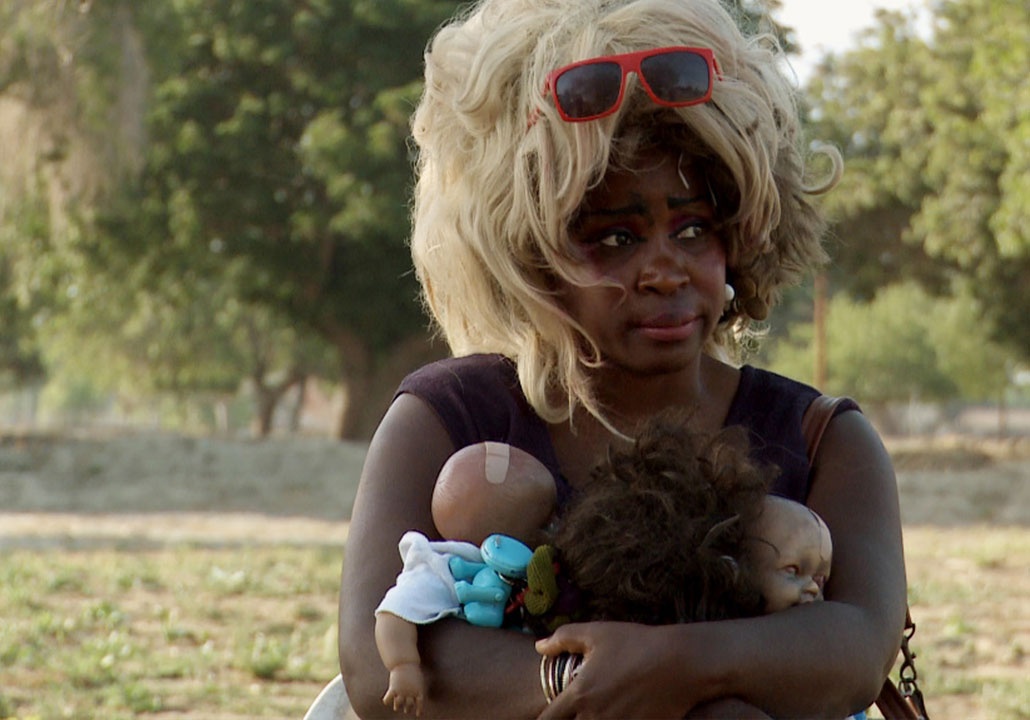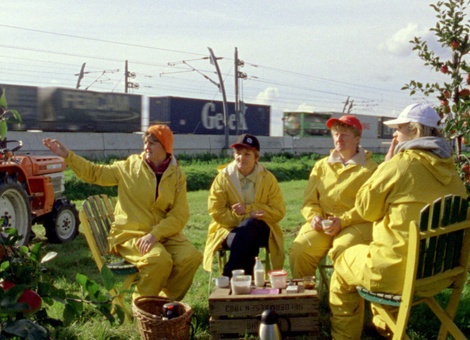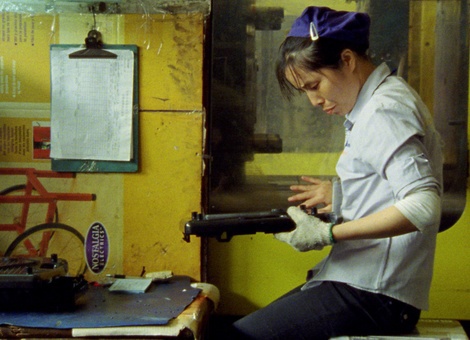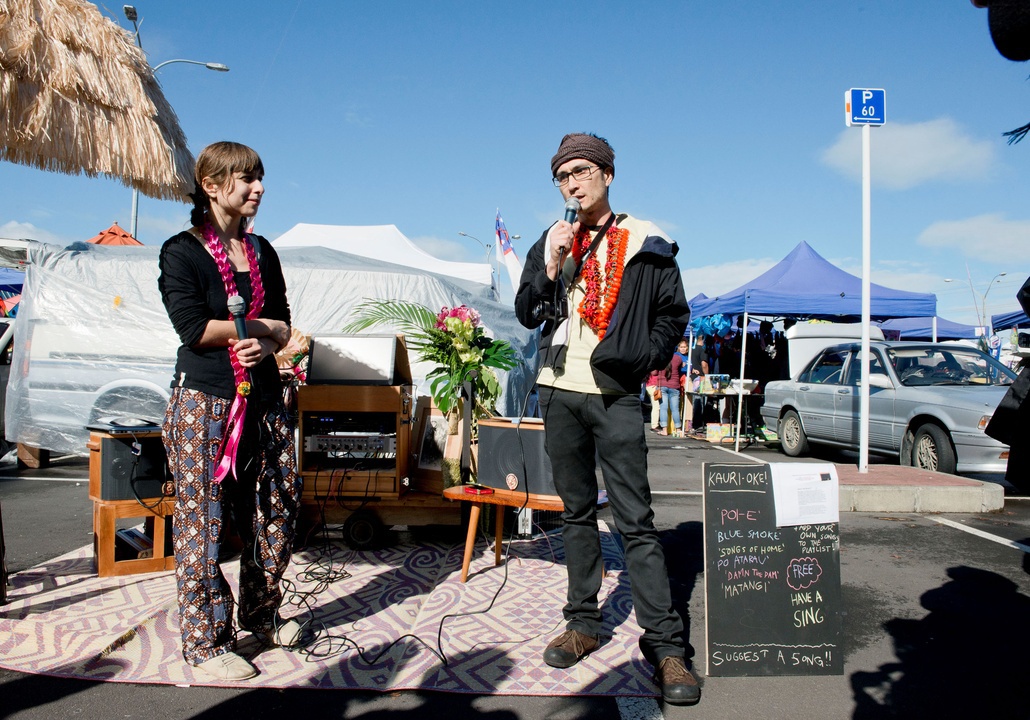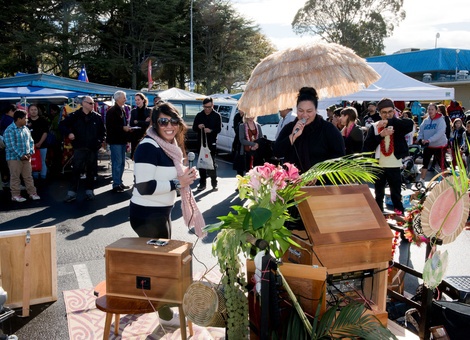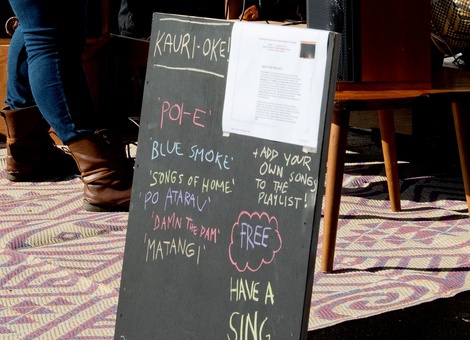Tahi Moore
Venue

Paranoid Structures, 2013 (still)
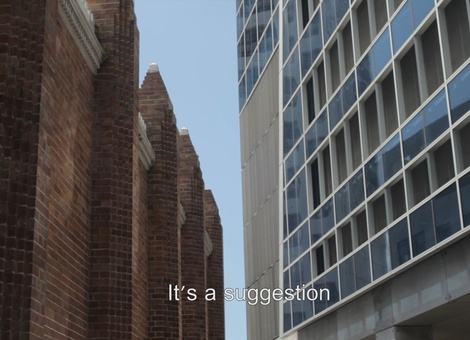
Paranoid Structures, 2013 (still)
Born 1972, Auckland, New Zealand
Lives and works in Auckland, New Zealand
Auckland-based artist Tahi Moore works across a range of media including video, sculpture, painting and performance. Moore’s installations typically unfold and collapse around a central text offered to the viewer through subtitles in his video works. Moore’s narratives combine elements from a range of curiously linked sources (with myriad references from philosophy, literature, film, and popular culture more generally) in quietly absurd sequences. These stories typically evince the artist's long-standing fascination with narrative structure, in particular stories of failure, fakes, and moments where meaning is misunderstood, misconstrued or mistranslated.
Selected exhibitions (solo):
Abstract sequels, returns, Hopkinson Cundy, Auckland, 2012; Nonsuch Park, Hopkinson Cundy, Auckland, 2011; Failed Purchases, High Street Project, Christchurch, 2010; War against the self, Gambia Castle, Auckland, 2009; Various Failures, Gambia Castle, Auckland, 2008; German Sands, Our Faces, Gambia Castle, Auckland, 2007; Selected exhibitions (group): Metaphoria, St Paul St Gallery, Auckland 2012; Caraway Downs, Artspace, Auckland, 2011; No Soul For Sale: A Festival of Independents, Tate Modern, London, 2010; Pickups, Magic Mountain, Home, Okay, A pretty intense long drawn out game (with Fiona Connor), Y3K Gallery, Melbourne, 2009.
’... Moore... provides viewers with a selection of visual and sonic clues to decipher the turn of events.’
Caterina Riva
various, astral travels, politics, human, unavoidability of becoming someone else, progress
2013
Gus Fisher Galleryvarious dimensions and materials
Conny Plank, Studios, Personal
2013
Gus Fisher GalleryHD Video, colour, non-concurrent
Sound
6:00min
The only true problem is that nothing needs to be done, Dior runway shows
2013
Gus Fisher GalleryHD video, colour
5:00min
